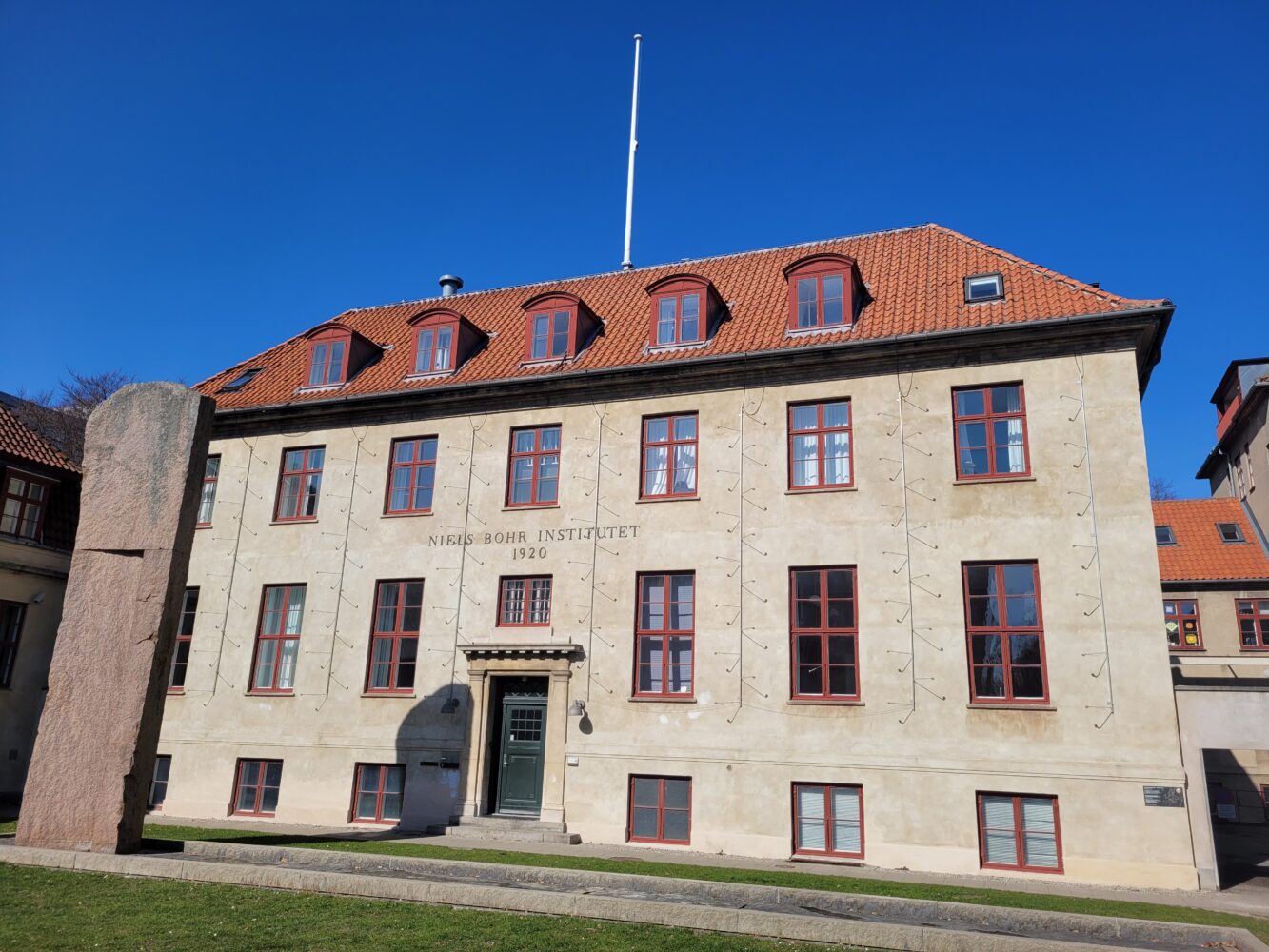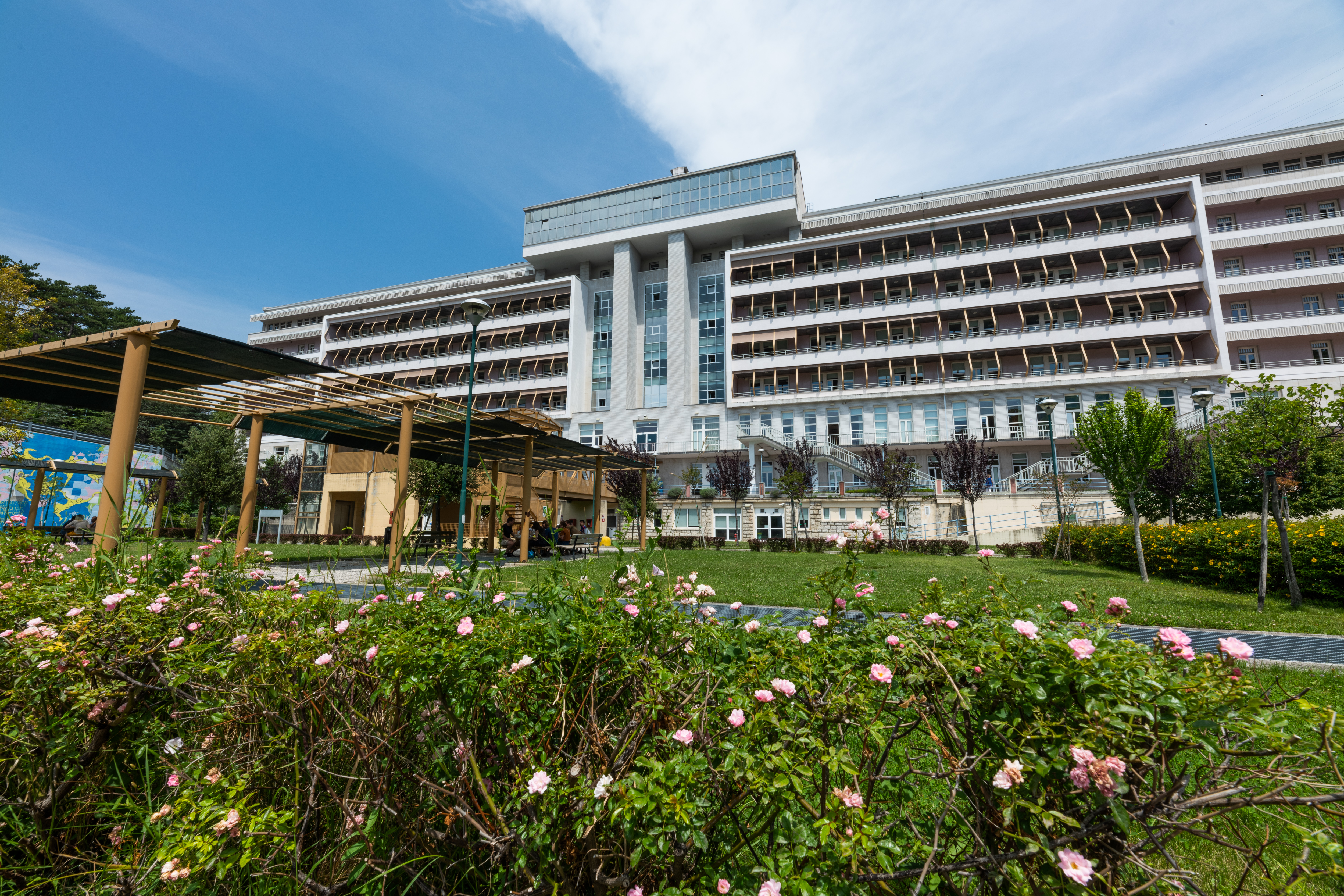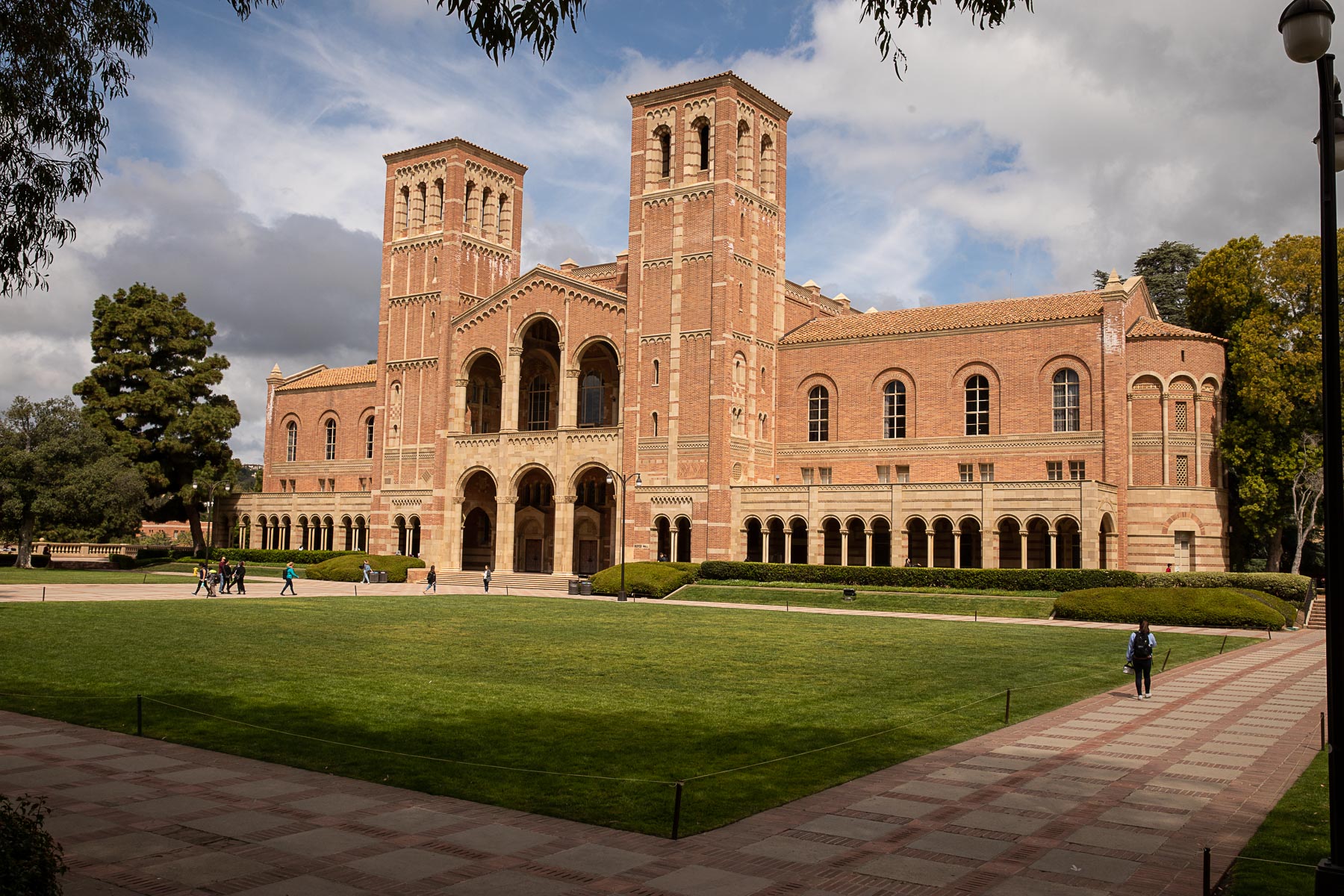Overview
GWSky is an ERC Synergy Grant project led by Enrico Barausse (Scuola Internazionale Superiore di Studi Avanzati, Trieste – SISSA), Zvi Bern (University of California, Los Angeles – UCLA), Alessandra Buonanno (Max Planck Institute for Gravitational Physics, Potsdam – Albert Einstein Institute), and Maarten van de Meent (Niels Bohr Institute, Copenhagen). By bringing together their expertise in black hole astrophysics, quantum field theory methods, non-linear strong field dynamics, and gravitational-wave modeling, GWSky will provide a comprehensive theoretical framework and cutting-edge tools for interpreting and understanding the deluge of gravitational wave observations anticipated from future LIGO-Virgo-KAGRA observing runs and next-generation ground- and space-based detectors. These innovative tools will empower us to uncover the secrets of the unexpected discoveries that lie ahead.
Max Planck Institute for Gravitational Physics (Albert Einstein Institute/AEI), Potsdam, Germany

The AEI, located in Potsdam and Hannover, is a world-leading research center specializing in general relativity and beyond. It was founded in 1995. Its research program covers the entire spectrum of gravitational physics, from quantum gravity to classical general relativity, from theory to observations.
One important focus is gravitational-wave science. This includes analytical and numerical solutions to Einstein’s equations, studying the two-body problem in general relativity, experimental work on gravitational-wave detectors, unveiling the composition of neutron stars, predicting multi-messenger phenomena, analyzing data from the international network of gravitational-wave detectors, and conducting follow-up studies to infer the astrophysical and cosmological properties, and probe general relativity. These efforts have enabled a new kind of astronomy, which began with the first direct detection of gravitational waves on Earth on 14 September 2015.
Niels Bohr Institute, Copenhagen, Denmark

The Niels Bohr Institute is the department of physics at the University of Copenhagen, traditionally known for the birth of quantum mechanics. In recent years, it has developed as a nexus for strong gravity research, leading to the founding of the Center of Gravity in 2025.
Founded in 1921 by the theoretical physicist Niels Bohr, who won the Nobel Prize in Physics the following year, the institute has played a central role in modern physics, amongst others as the original home of the CERN Theory Division and Nordita. Today, the Institute employs around 430 researchers, 100 administrative and technical staff, 140 PhD students and 750 physics students.
Scuola Internazionale Superiore di Studi Avanzati (SISSA), Trieste, Italy

SISSA is a leading institute for research and postgraduate training located in Trieste, Italy. The School’s activities focus on three main areas: physics, mathematics and neuroscience. Moreover, the Interdisciplinary Laboratory for Advanced Studies works at the interface between science, humanities and the public.
Founded in 1978, SISSA has a high research and training profile, with a staff of about 80 professors, 300 PhD students and 140 researchers. SISSA holds the top position among Italian scientific institutes when measured by the number of EU research grants obtained in proportion to the number of investigators.
University of California, Los Angeles (UCLA), USA

Founded in 1919, the University of California, Los Angeles (UCLA) is one of the nation’s premier institutions of higher education. Consistently ranked among the top public universities, and 15th overall including private institutions, UCLA serves nearly 50,000 undergraduate and 14,000 graduate students across every topic imaginable.
The Mani L. Bhaumik Institute for Theoretical Physics is an endowed institute housed within the Department of Physics and Astronomy, which comprises 60 faculty members. Among them, 12 are active members of the Bhaumik Institute, pursuing research on fundamental questions in unification, quantum theory, and gauge and gravity theories. A central mission of the Institute is to train the next generation of theoretical physicists, both at the graduate student and postdoctoral levels.
